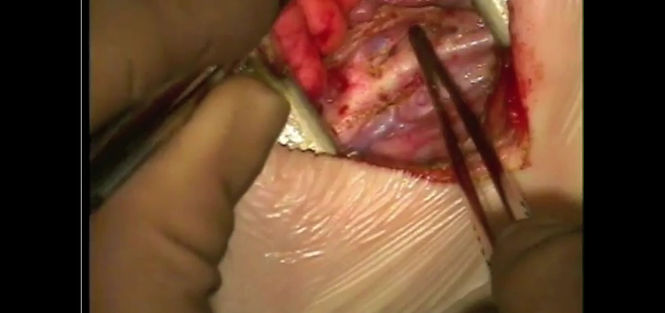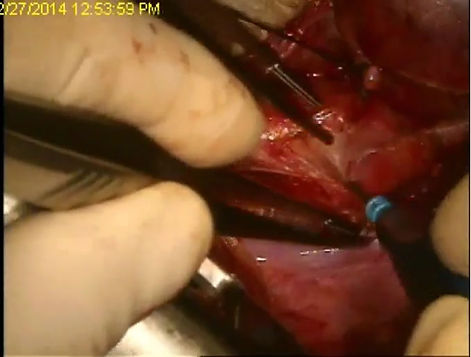Clinical Show and Tell Videos
This section presents selected video clips of neonatal aortic coarctation and arch coarct and aneurysm repair surgeries and clinician–patient interactions, shared by our cardiology team. These visual materials provide powerful, real-world context to support interdisciplinary understanding. By observing surgical workflows, anatomical challenges, and the lived experiences of patients and families, researchers and engineers gain deeper insight into clinical constraints, emotional dynamics, and personalised care needs. These resources enhance co-creation by bridging medical practice with design and engineering perspectives.

One featured video captures a clinical consultation between the cardiology team, a newborn patient with CoA, and their parents. This conversation highlights the emotional and informational needs of families navigating complex treatment decisions. It provides critical context for understanding patient-centred care, including the importance of clear communication, shared decision-making, and long-term considerations in device design. For researchers and developers, this video helps humanise the technical challenges and reinforces the value of designing with empathy, trust, and inclusivity at the forefront.

This surgical video documents a neonatal aortic coarctation repair procedure, offering a rare and valuable view into the clinical reality that underpins our research. It demonstrates the complexity of operating on extremely small, delicate anatomical structures and highlights the urgent need for personalised, adaptable medical devices in paediatric cardiovascular care. Please note: the footage contains scenes from open surgery and may not be suitable for all viewers.
If you are uncomfortable with surgical imagery, we advise you not to click on this video.

This surgical video captures a procedure for arch coarctation and aneurysm repair, providing critical insights into the complexities of treating congenital and acquired vascular abnormalities. It showcases the challenges of navigating variable anatomies and high-risk interventions, reinforcing the clinical need for precise, patient-specific medical devices.
If you are uncomfortable with surgical imagery, we advise you not to click on this video.